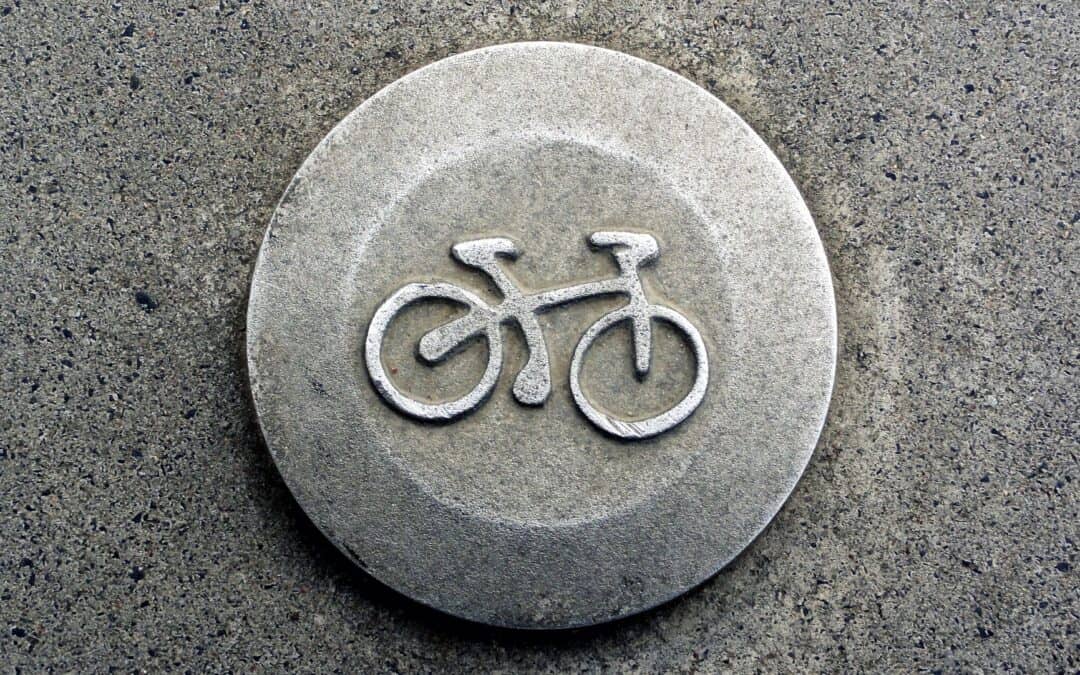Stamping concrete is a great way for you to imitate the look and fee of authentic stone, brick, or pavement without having to spend as much. There are rubber patterns that create the impression of natural stone for this purpose. There are also ready-made patterns for such materials such as brick and cobblestone, however sometimes they can look artificial. One way to avoid this is to create your own patterns to be used in stamping concrete. If you can learn this you will soon find your inventory stock filled with varied patters that can be used for your various concrete stamping projects.
1. Be Innovative
You may even use design ideas you find around your home. For example, you could use an Indonesian batik design block. As long as it can make an impression on wet cement, and does not stick to the finished product, it will do. In good design, there are no limits to the imagination. So look around your area, you might even find an appealing pattern somewhere in your own home! You could consider looking at your garage, your attic, or even your uncle’s vacation gifts for potential stamp impressions.
2. Stamping
Commercial stamping produces great imitations. Sometimes, however, stampers are just overkill. You can bring out the beauty of concrete by being discreet at times with your stamping. You could use stamps that litter around your home, a batik woodblock or even a part of an auto transmission. Anything can be used to stamp the concrete as long it doesn’t stick and ruin the finished surface. It also has to be durable. A commercial stamp is perfect for improving a plain slab on concrete. You could also use this type of stamp if you desire a professional, standard looking concrete stamping.
3. Creative Stamping
Creating your own stamp tool is can be innovative and fun. You could even use a salvaged part from an old ceiling to create decorative stamp! When stamping on concrete, make sure you understand the risks this procedure entails. Commercial concrete stamps are designed to work well, and are engineered to be as easy to use as possible. They often leave a clean impression. If you were to use your own stamps made of everyday stamp-worthy items, remember that there is a risk that the concrete could be ruined. Commercial stamps are designed to consistently pull free from the concrete; this may not be the case with home-made ones.
– Even slabs with a deep-cut pattern must be jointed so that cracking can be controlled
– Divide the stamped concrete by using sawed joints
– Order correctly slumped concrete
– Lay out stamps before the concrete arrives
– Do as little hand tooling as possible
– Order proper amounts of concrete
Concrete stamping is neither for the inexperienced nor the faint of heart. For those who would like to learn this do-it-yourself art, learning concrete stamping is possible. For the hobbyists, masons, and even for those who just wish to make their homes better, this will truly be a worthwhile undertaking.
Thank you for taking the time with me to learn more about what Mr. Done Right, the handyman / contractor does for you.
Sincerely,
Nathaniel Peterson
(AKA) Mr. Done Right
For more information on handyman or contractor work in the greater Austin area (or beyond), please contact your premiere handyman, Nathaniel Peterson, AKA Mr. Done Right Handyman Contractor of Austin, because Mr. Done Right ensures any repairs and/or remodels get Done Right the first time! Call us now for a free estimate! 512-659-8931
* Click here to protect your privacy and the safety of your children on the Internet.
Online Marketing Powered by www.OnlineMarketingExperts.agency





Recent Comments